Other Popular Titles
International Telecommunications Union
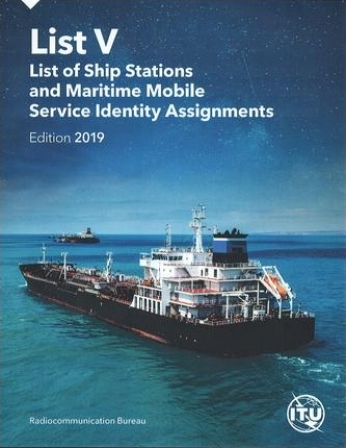
List V - List of Ship Stations and Maritime Mobile Service Identity Assignments
The List of Ship Stations and Maritime Mobile Service Identity Assignments (List V) is a service publication prepared and issued, once a year, by the International Telecommunication Union (ITU), in accordance with provision no. 20.8 of the Radio Regulations (RR). As stipulated in Appendix 16 to the RR, this List shall be provided to all ship stations for which a Global Maritime Distress and Safety System (GMDSS) installation is required by international agreement.
CD format only.
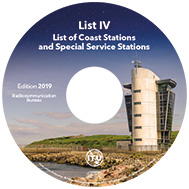
List IV - List of Coast Stations and Special Service Stations
List IV contains important information for the mariner in relation to radiocommunications, including the GMDSS (Global Maritime Distress and Safety System). Detailed information such as the frequencies for transmitting and receiving, in addition to geographical coordinates, is provided for maritime coast radio stations, including those assuming watch-keeping using digital selective calling (DSC) techniques and radiotelephony. List IV also supplies details of additional services such as medical advice, navigational and meteorological warnings, MSI (Maritime Safety Information), AIS (Automatic Identification System), meteorological bulletins and radio time signals, along with the hours of service and operational frequencies, information on port stations, pilot stations, coast Earth stations, VTS stations, contact information of RCC (Rescue Coordination Centers), SAR agencies, Navarea coordinators and AtoNs (AIS Aids to Navigation).
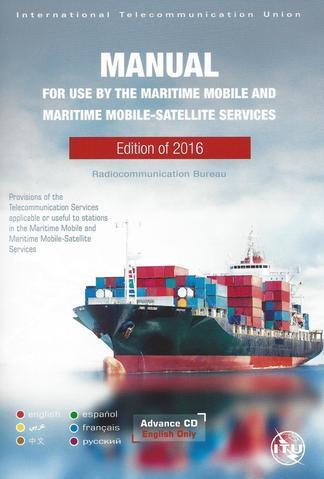
Manual for Use by the Maritime Mobile and Maritime Mobile-Satellite Services (Maritime Manual)
The Manual for Use by the Maritime Mobile and Maritime Mobile-Satellite Services is published in accordance with Article 20 (No. 20.14) of the Radio Regulations and results from studies carried out in the ITU-R since 2008. Volume 1 provides descriptive text of the organization and operation of the GMDSS and other maritime operational procedures, while Volume 2 contains the extracts of the regulatory texts associated with maritime operations.
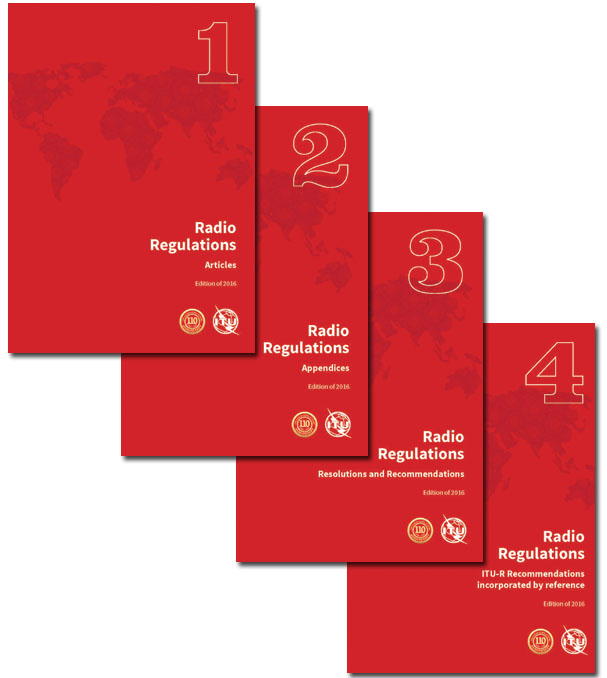
Radio Regulations
The Radio Regulations contains the complete texts of the Radio Regulations as adopted by the World Radiocommunication Conference (Geneva, 1995) (WRC-95), subsequently revised and approved by the World Radiocommunication Conference (Geneva, 1997) (WRC-97), the World Radiocommunication Conference (Istanbul, 2000) (WRC-2000), the World Radiocommunication Conference (Geneva, 2003) (WRC-03), the World Radiocommunication Conference (Geneva, 2007) (WRC-07), the World Radiocommunication Conference (Geneva, 2012) (WRC-12) and the World Radiocommunication Conference (Geneva, 2015) (WRC-15), including all Appendices, Resolutions, Recommendations and ITU-R Recommendations incorporated by reference. DVD format (multilingual).
International Chamber of Shipping
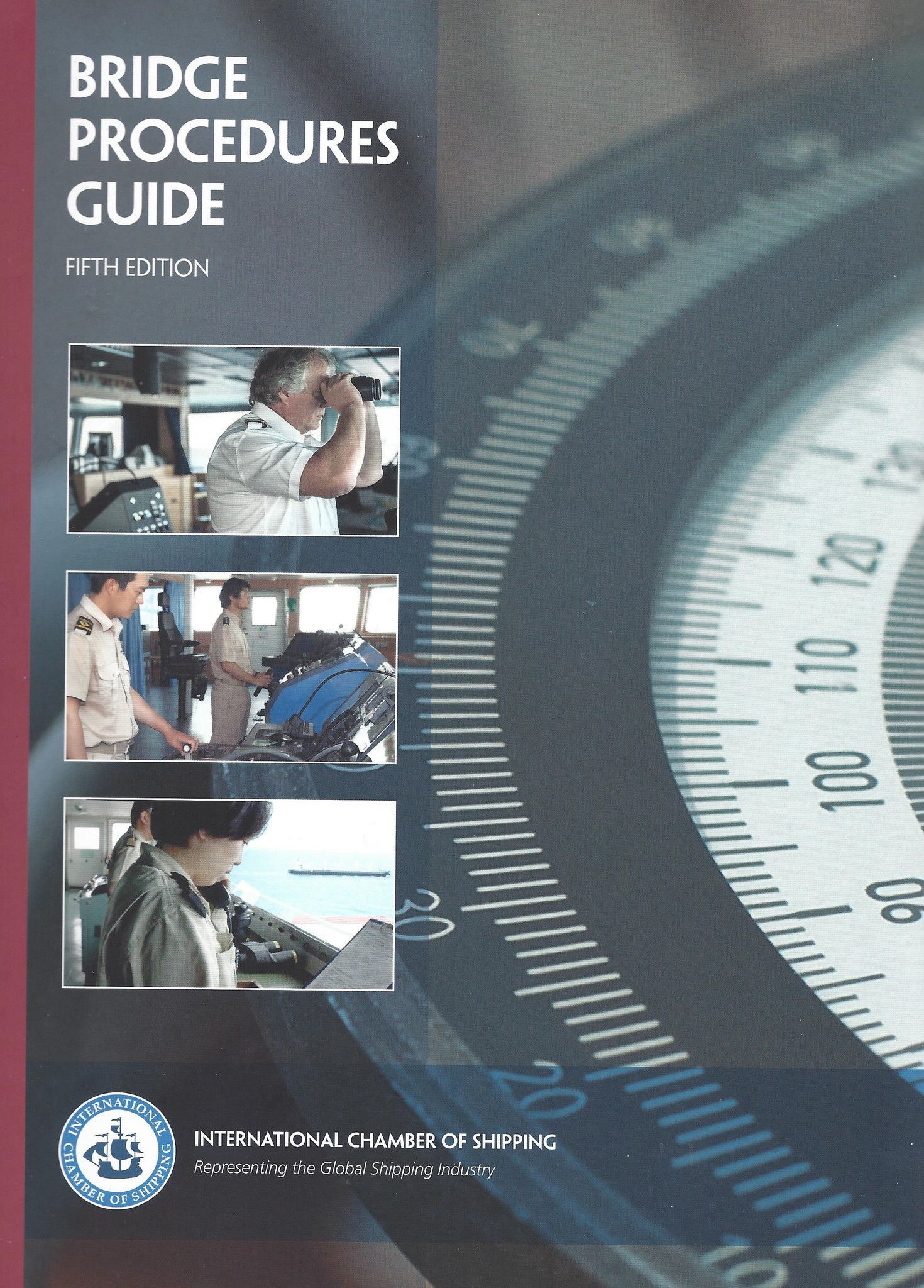
Bridge Procedures Guide
The ICS Bridge Procedures Guide is widely acknowledged as the principal industry guidance on safe bridge procedures, and is used by Masters, watchkeeping officers, companies and training institutions worldwide. The new edition continues to embrace internationally agreed standards and recommendations adopted by the IMO, and now addresses the 2010 amendments to the STCW Convention introducing enhanced Bridge Resource Management training for all officers in charge of the navigational watch. It also includes helpful bridge and emergency checklists, including comprehensive ECDIS familiarisation checklists. Particular attention has also been given to the importance of the passage planning process, including the safe and effective use of technology.
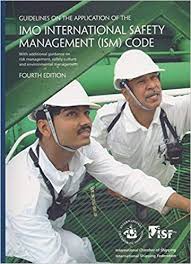
Guidelines on the Application of the IMO International Safety Management (ISM) Code
The definitive industry guidelines on the ISM Code has been fully updated to take account of the latest IMO amendments and guidance, and experience gained by industry since the Code became mandatory. The fourth edition supersedes the previous 1996 edition.
As well as containing updated advice on the application of ISM requirements, the fourth edition includes expanded guidance on Maintenance of effective Safety Management Systems, Role of the Designated Person Ashore (DPA), Risk management, Safety culture and Environmental management
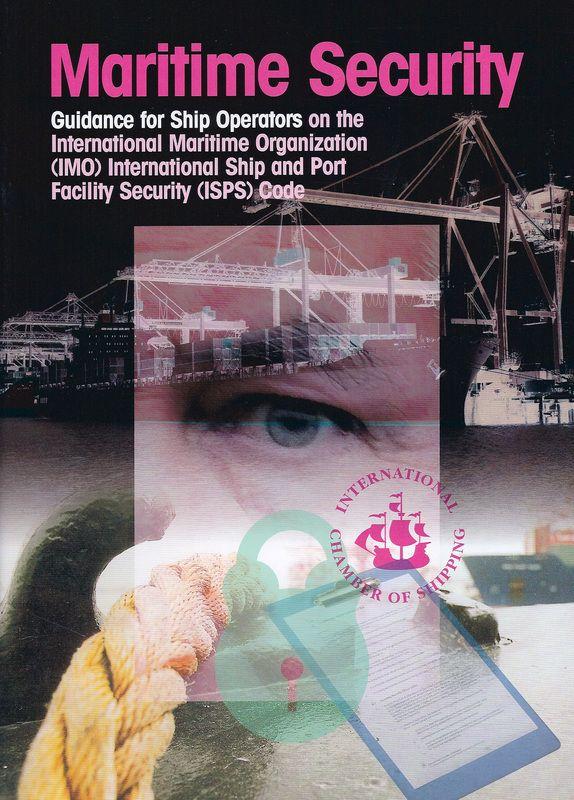
Maritime Security: Guidance for Ship Operators on the IMO International Ship and Port Facility Security (ISPS) Code
To assist companies to effectively implement the International Ship and Port Facility Security (ISPS) Code and to avoid disruption to their operations due to potential non-compliance, ICS has developed, in a single guide, indispensable and definitive guidance on the ISPS Code. This covers several areas, including ship modifications and additional carriage requirements, company responsibilities, documentary and information requirements for ships, the ISPS code in operation – compliance and controls, obligations of contracting governments and requirements for port facilities.

Drug Trafficking and Drug Abuse On Board Ship
This publication provides guidance on how to combat drug trafficking at sea and to recognise the signs of drug use and dependence among crew members. Considered the leading industry publication on the topic, this 5th edition has been fully updated by industry experts to assist shipping companies and their Masters and officers.
The Nautical Institute
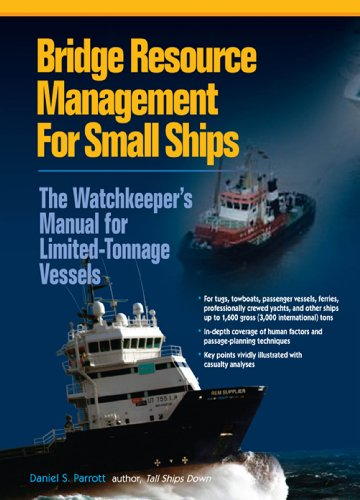
Bridge Resource Management for Small Ships
An industry standard for passage planning, Bridge Team Management covers coastal and estuarial navigation and bridge organization using paper and electronic charts. Detailed information on how to prepare a navigational plan and navigator’s notebook and ways to monitor progress in safe water are covered. It includes: team management, error chains, casualties and causes, passage appraisal, situational awareness, executing the plan, monitoring the ship’s progress, navigating with a pilot on board, GPS.
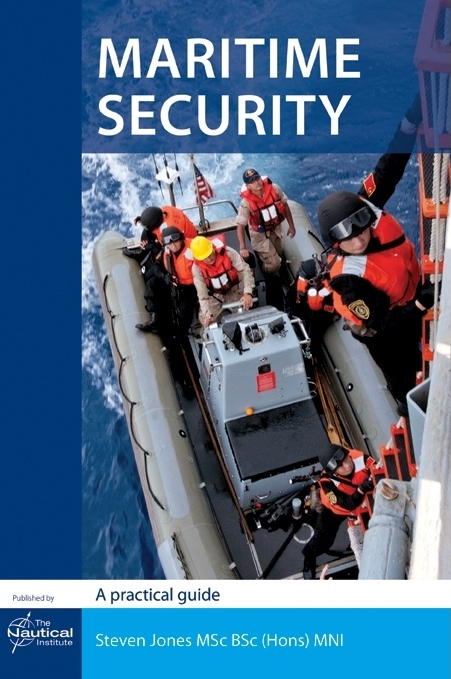
Maritime Security: A Practical Guide
Masters, company and ship security officers have a pivotal role in making vessels secure. This book is aimed at those responsible for vessel crews, cargoes and the ships themselves. It will help in the development of the ship security plan and explain how to make a vessel truly secure. Ships’ Masters and crew have to balance the difficult and complex demands made by other people, ships, ports and cargoes. Explanation is given of the principles underpinning maritime security and guidance on putting those principles into practice, including the ISPS Code, advising on management systems that will ensure compliance with legislation.
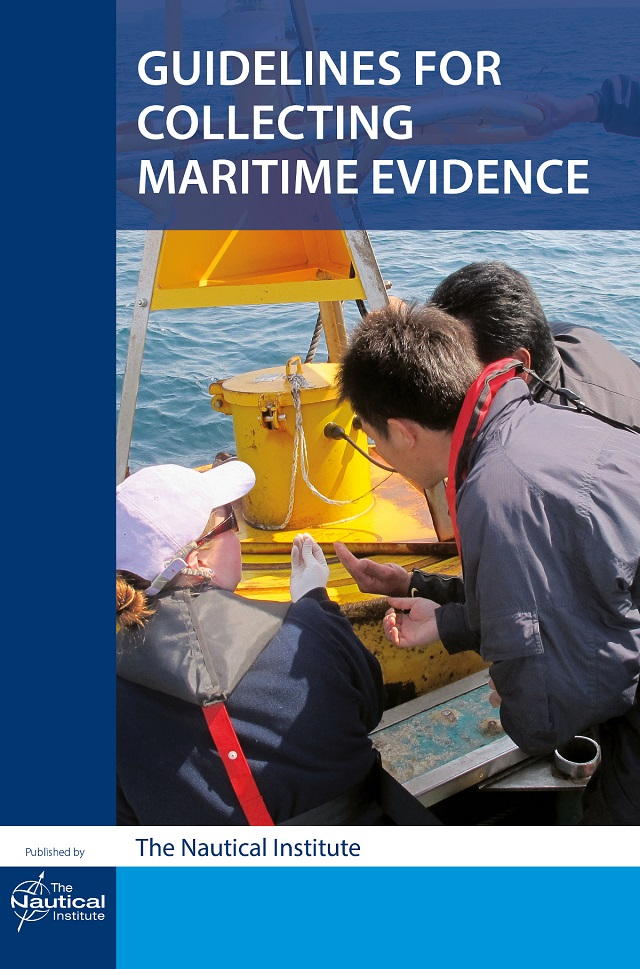
Guidelines for Collecting Maritime Evidence, Vol. 1 & Vol. 2 Set
Guidelines for Collecting Maritime Evidence aims to provide broad answers to two questions. Firstly, how should a Master react after an incident when several investigating bodies are knocking on the door, all with differing requirements and priorities. Secondly, how can the Master, crew and management ashore be ready to produce the evidence required, much of which demonstrates day-to-day operations and compliance with the ISM Code and applicable statutes.
This second volume in the Collecting Maritime Evidence series focuses on electronic evidence – what it is, how to preserve and collect it, and how it can be used to understand the circumstances that led to a maritime incident.
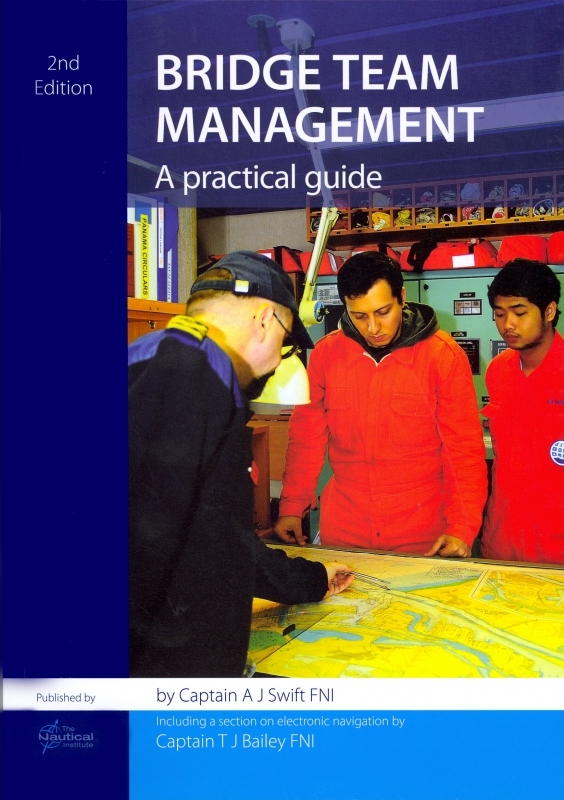
Bridge Team Management
The purpose of bridge team management is to ensure the safe and timely arrival of ships. Competent navigation is achieved through planning, clarity of purpose and effective organization. The second edition of this major reference work has retained the essential elements of the first edition containing: management principles; passage appraisal; planning; execution; monitoring; teamwork and pilotage. However these sections have been brought up to date with legislation and have been amplified with the feedback from superintendents and sea staff where improvements could be made.
I. C. Brindle
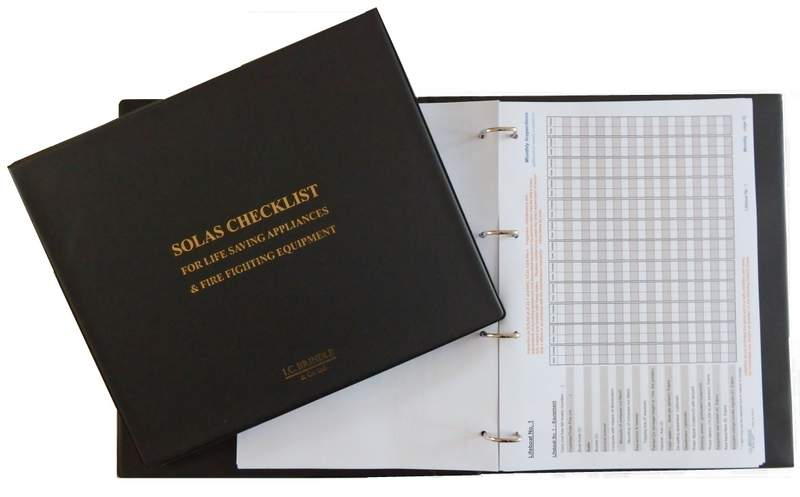
SOLAS: Checklist - Life Saving & Fire Fighting Equipment
The only Checklist fully meeting SOLAS requirements by covering both LSA and fire fighting equipment in one document.
As per SOLAS Chapter III Regs. 20.6, 20.7 and 36.1, Chapter II-2. Reg 14.2.2.1 and applicable IMO / MSC Notices. Suitable for any type of vessel, our enhanced SOLAS Checklist provides a record of monthly and weekly inspections of all Life Saving Appliances and Fire Fighting Equipment. Presented in an A4 loose-leaf binder, in landscape format to facilitate easy completion, it is extensively used in commercial shipping fleets around the world.
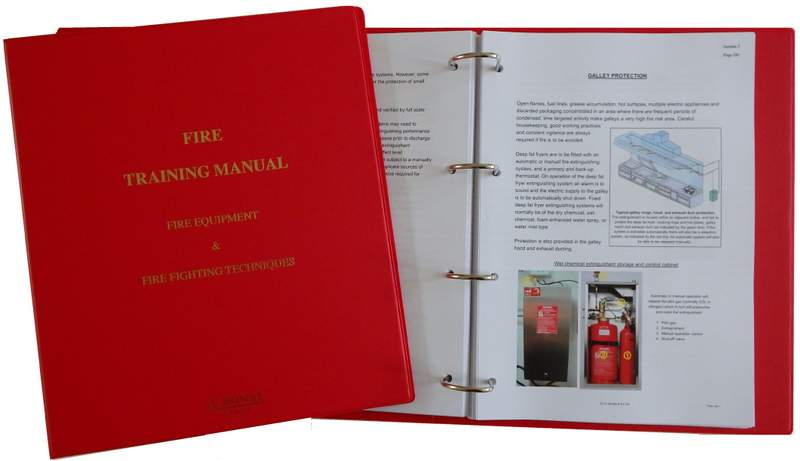
SOLAS: Fire Training Manual (incl. Fire Safety Ops)
As required by SOLAS Chapter II-2 Regs. 15 (Fire Training Manual) and 16 (Fire Safety Operations).
Our Fire Training Manual has been specifically prepared for the marine industry, is fully illustrated, and is clearly presented across approx. 290 pages. This manual is considered by many to have become the international industry-standard, and is used in commercial shipping fleets around the world.
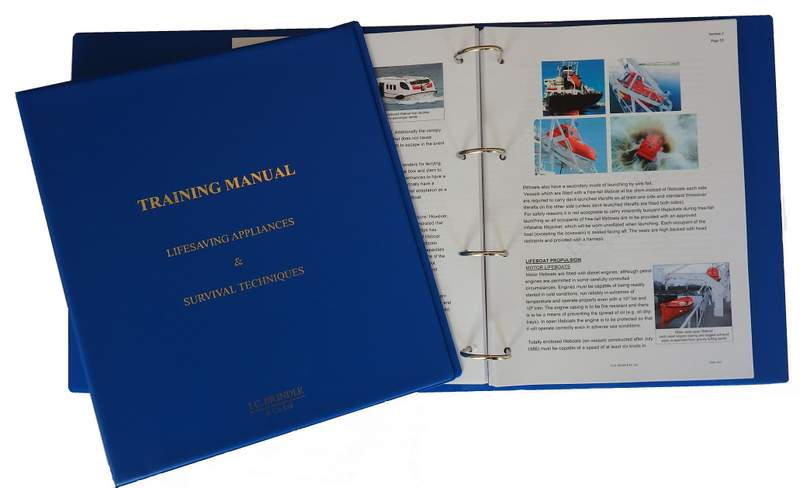
SOLAS: Life Saving Appliances (LSA) Training Manual
As required by SOLAS Chapter III. Reg. 35, this popular SOLAS Training Manual takes the time and hard work out of preparing your training material, and provides an up-to-date and user-friendly document that complies with the SOLAS requirements. Currently used in commercial shipping fleets around the world, and considered by some to have become the international industry-standard.
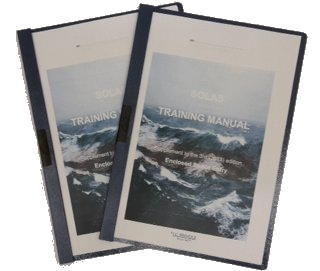
SOLAS: LSA Training Manual: Supplement (2015)
Supplement to the SOLAS: Life Saving Appliances (LSA) Training Manual. Suitable for all types of SOLAS ships, and other appropriate vessels. Provides additional information re Enclosed Space Entry / Rescue, in line with recent amendments to SOLAS Chapter III Regulation 19 (as detailed in IMO Resolution MSC.350(92)). The supplement is published as a separate, soft-cover document. The ship’s operator can add ship-specific details, so that the document now becomes dedicated to that particular vessel.
Various Publishers
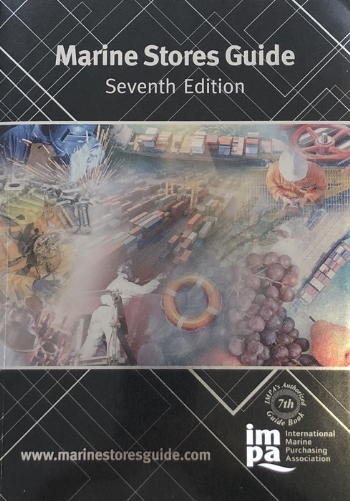
IMPA Marine Stores Guide
More than 6,000 codes have been added to the new edition, meaning the MSG now contains over 50,000 codes from suppliers around the world. With illustrations, specifications, product information and comparison tables for major manufacturers, the Marine Stores Guide seventh edition provides an invaluable reference or those involved in the commercial shipping industry.
The Guide helps purchasers and suppliers match and supply goods easily by using a unique six digit code to identify products exactly to an individual description. The codes have remained consistent and unchanged in almost 40 years.
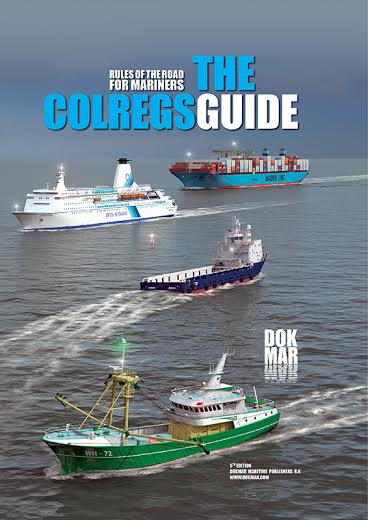
DOKMAR - The Colregs Guide
The ‘Regulations for Preventing Collisions at Sea’ (basically, ‘Traffic Rules at Sea) should be essential reference material for every seafarer. Surfboarders to super tanker crews should all have the same knowledge and interpretation of the rules. This book uses photographs and computer graphics to define the meaning of navigation lights for different kinds of ships in. It also illustrates how to apply navigation lighting, using a top view and a view from the bridge of the vessel concerned. The book is a useful tool for study at all levels of marine training. It is also suitable for sailors of pleasure craft, who can use it to learn the meaning and content of navigation lights and apply them to their own vessels.
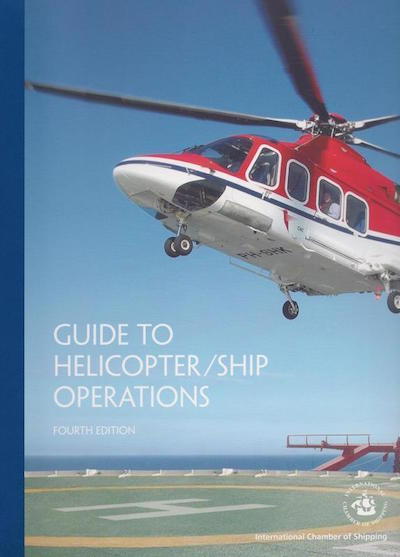
ICS - Guide to Helicopter/Ship Operations
The ICS Guide to Helicopter/Ship Operations reflects current best practice in the international shipping and aviation industries. The guide has been fully updated with extended guidance regarding the role and responsibilities of both the ship and helicopter. Full account is also taken of the latest specifications for helicopter performance, the latest IACO (aviation) requirements for the safe location/marking of landing and winching areas, new guidance on the growing practice of transfer of bridge pilots direct to the bridge wing and revised guidance on actions to be taken in the event of helicopter incidents.
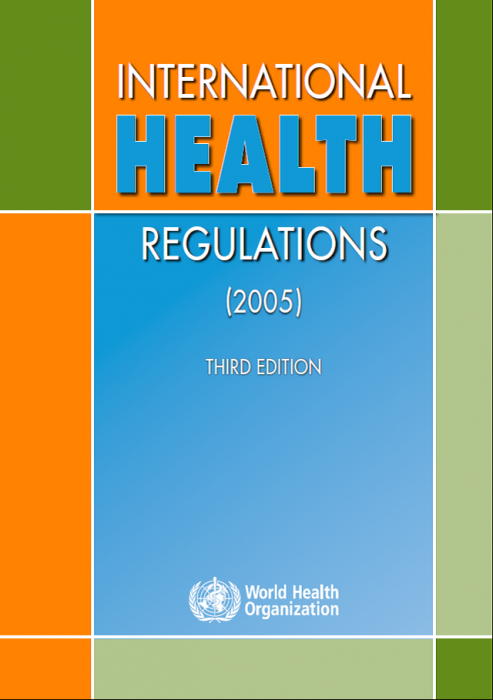
WHO - International Health Regulations 2005
In consideration of the increases in international travel and trade, and emergence and reemergence of international disease threats and other health risks, the Fifty-eighth World Health Assembly in 2005 adopted the revised International Health Regulations (IHR). The new IHR entered into force on 15 June 2007.
Their stated purpose and scope are “to prevent, protect against, control and provide a public health response to the international spread of disease in ways that are commensurate with and restricted to public health risks, and which avoid unnecessary interference with international traffic and trade.”
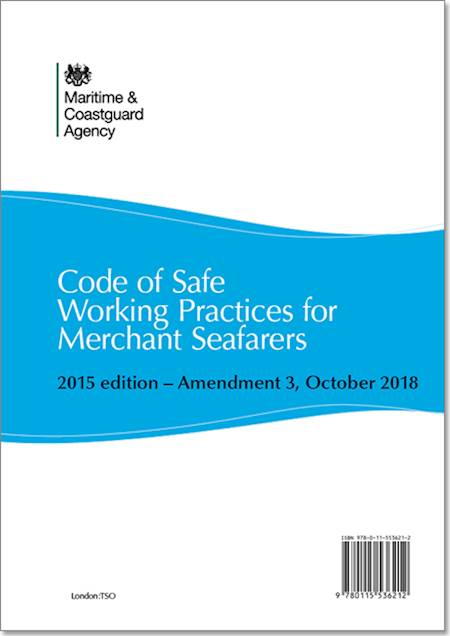
Code of Safe Working Practices for Merchant Seafarers (with Amendments)
Authored by the Maritime and Coastguard Agency (MCA), COSWP provides guidance on improving health and safety on board vessels and articulates how statutory obligations should be fulfilled. The Code details the regulatory framework for health and safety on board ship, safety management and statutory duties underlying the advice in the Code and the areas that should be covered when introducing a new recruit to the safety procedures on board.
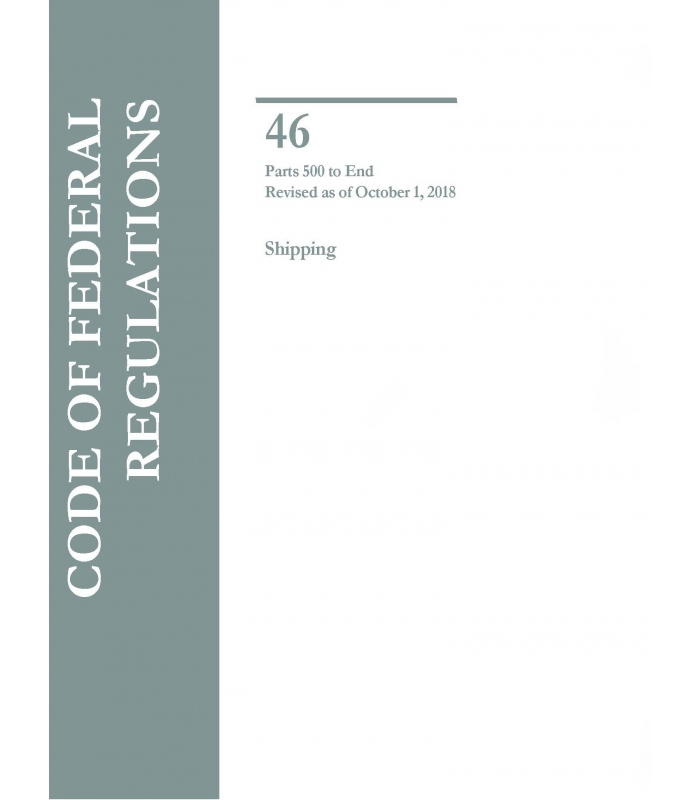
Code of Federal Regulations - Title 46
Title 46 of the Code of Federal Regulations (CFR 46) is the portion of the CFR that comprises governance for the United States Coast Guard, the United States Marine Commission and the United States Maritime Administration. CFR 46 contains 9 volumes and 599 parts. Parts 90-139 are of particular importance to Caribbean vessels voyaging to U.S. waters.